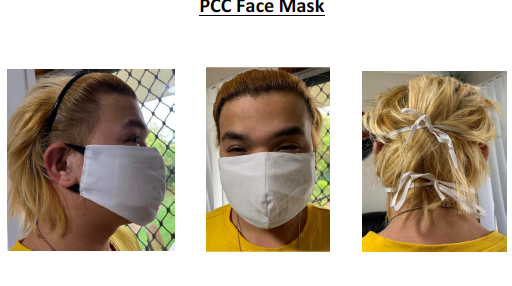 ‘Americanisation of Filipinos’
‘Americanisation of Filipinos’
By Renato Perdon, Sydney, Australia
In my research works for the latest book released in time for the commemoration of the 70th establishment of diplomatic relations between the two countries, I found that outside of the Philippines, the image of the country and Filipinos has not changed much given the current political circus, killings, corruption, nepotism, poverty, prostitution, Senate teleserye, forthcoming new administration, etc.
Below is an excerpts from my current book: ‘Connecting Two Cultures: Australia and the Philippines’. Comments welcome to improve my presentation
Australian author George Farwell commented more than 40 years ago that ‘the Filipinos avidly absorbed American culture, including the bad with the good. Added to this is the strong US identification of its politics, not to mention status-symbol pretentiousness and questionable idealism.
‘The Filipino attitude towards foreigners, particularly Americans, tended to remain ambivalent. As a result, a picture of disunity and fragmentation seems to be the natural order of Filipino society. The author expertly suggested that disunity among Filipinos is a reflection of its geography and because of this, national identity cannot readily be achieved.’
‘Filipino sophistication,’ according to Farwell, ‘is the result of their link with the West.’ In fact, he considered the Filipinos as Westerners under another skin. The sobriquet ‘little brown Americans’ with accents similar to those of Madison Avenue or Main Street was used to describe the Filipinos.
It was, in fact, coined a few decades earlier by American journalist Carl Crow who was assigned in the Philippines between 1901 and 1905. Crow described the Filipinos as ‘our little Brown brother, the Filipino pure and simple when we are all so anxious to uplift to his proper place upon earth and relieve from the burdens cast upon him by heredity and a few hundred years of Spanish dominion.
‘The manners, morals and memories of the Filipinos are pictures of feudal Spain. As a consequence, the author denied them their cultural identity and status Filipinos have no Asian traditions, no ritual art, no temples or ceremonies, costumes’.
The Western criteria of civilisation are clearly imposed. He even doubted the Filipino nationalism that led to the Philippine Revolution of 1896. His ignorance of the subject was further revealed when he claimed that ‘no smouldering anti-colonial virus’ was experienced in the Philippines compared with Indonesia.
Farwell admitted patronisingly that there was ‘no nation in the region that more urgently needs our [Australian] interest and understanding’ than the Philippines. Describing the Philippines as a country of contradiction became the basis of Western perceptions of Asian life.
Filipinos should conform to the Western way of living, believing, creating and relating to one another, Farwell, however, made a critical description of poverty and the scandalous opulence of Forbes Park, the exclusive village of the rich in Metro Manila where he felt at home at the maze of quietness, tree-lined avenues, and the costly and expensive private homes’.
He felt secure within the high walls, tall hedge rows, and shady trees behind which the owners of immense mansions modestly screened themselves. In millionaires’ row he claimed with exaggeration, one mansion alone had 50 servants complete with white uniforms, and the house amused him for its spiral marble steps and sunken interior gardens with fountains and ornamental pools.
‘Contrasting poverty and affluence was a dominant theme of Farwell’s book on the Philippines. He wondered when the wide gap that existed between the rich and the poor would close. The rich, he noted, flaunted their wealth, disregarding the feeling of the deprived and less fortunate. Entering such a rich enclave was a ritual, he keenly observed. The barriers guarded by security men armed with rifles were raised each time a limousine came home.
This reminded him of the countless police and customs posts at European borders. Security consciousness was widely practiced in the Philippines and is still evident in the swinging barrier and stone walls, topped with barbed wire and jagged glass. He also noted how little boys and girls attending private exclusive schools were driven in cars by uniformed chauffeurs, a contrast to the prevailing poverty nearby. He exaggerated, of course, but this is how the Western world perceives rich Filipinos.’
Like
Like
Love
Haha
Wow
Sad
Angry
CommentShare
Comments










Leave a Reply